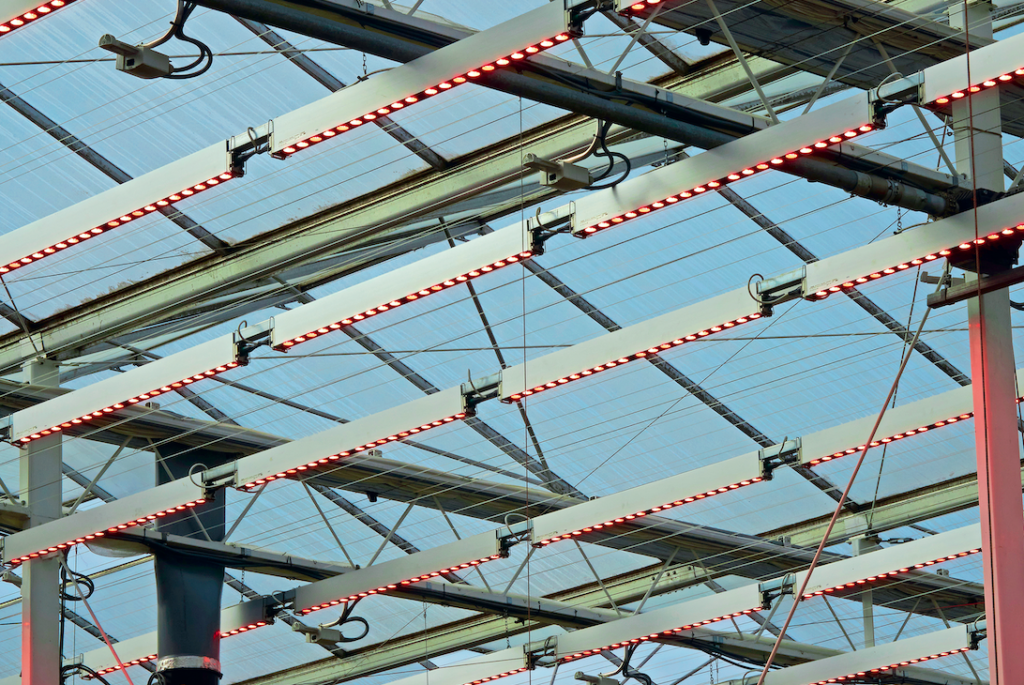In the future, LED lights will probably completely take over from SON-T as a light source in Dutch greenhouses. In hybrid systems, the colours of the LED lights don’t make a huge difference. After all, SON-T provides the entire spectrum, including heat radiation and some far-red. But if LEDs are going to be the only light source, the colour spectrum they provide will be much more important. What exactly are the requirements for full LED lighting? Is it already time to review the light recipes again?
LED was discovered in 1962, but it took more than 50 years before the technique found a large-scale application in everyday life. The transition is still ongoing in the greenhouse industry too. Manufacturer Signify estimates that 10% of the total floricultural greenhouse acreage is now using LED lights, the majority still in combination with high-pressure sodium lamps (SON-T). They believe that in five years’ time, more than half of the Dutch acreage will be using LED, both in hybrid and in full-LED solutions.

Around 400 ha of SON-T lights are replaced in greenhouses every year. The Dutch ministry of Agriculture, Nature and Food Quality estimates that around a quarter of these are replaced by full-spectrum LED lights. LED is reducing the energy requirement by 35%. Replacing 100 ha reduces CO2 emissions by around 25,000 tons.
Efficiency limits
Eventually, SON-T lamps will suffer the same fate as the incandescent light bulb. LED will take over entirely, according to Dennis Medema, energy specialist with Glastuinbouw Nederland. The main reason is that these lamps consume only half the amount of energy.(..)
Click here to read the full article on LED lighting.
Click here for a free subscription to Floribusiness magazine.






